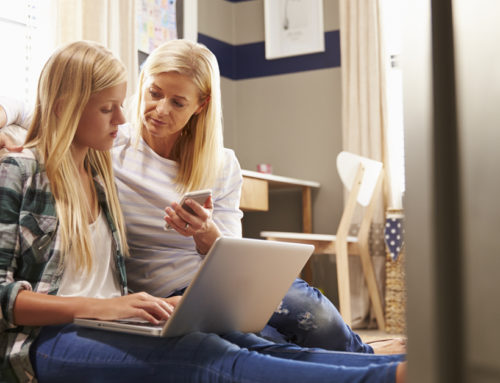Clean Green
Make your own non-toxic, affordable cleaning supplies out everyday items such as vinegar and baking soda. See www.safetyathome.com for recipes.
Recharge Your Batteries
Switch to rechargeable batteries whenever possible. The impact of batteries on our landfills poses a huge environmental problem and every little bit counts.
Wash at Night
Running your dishwasher or washing machine during non-peak hours reduces stress on utilities and environmental impact. Make sure your dishwasher is full before running and switch to coldwater wash to get the most out of your water use.
Know Your CO
Carbon Monoxide alarms should be installed near all sleeping areas, on each level of the house and 15-20 feet from the furnace. If the CO alarm sounds, move to fresh air. Carbon monoxide is invisible, odorless and deadly. Check the batteries monthly and replace them every time you change the clock for daylight savings time.
Paint Lead-Free
Use only lead-free, non-toxic paint throughout your home, especially in children’s rooms. If you live in a home built prior to 1977, be sure there is no lead in your existing paint.
Let Plants Clean Your Air
Most plants absorb pollutants in the air while adding oxygen to the indoor environment. Keep plants out of reach of children and pets and check whether or not they are poisonous.
Open Up to Organic Cotton
Organic cotton is grown without pesticides or herbicides. Look for organic cotton, natural fiber filling, and plant or mineral dyes in stuffed animals, other fabric toys and clothes.
Be Stingy with Water
Turn off the water when you’re not using it and put a low-flow cap on your sink faucet (it’s a simple Do-it- Yourself project). You’ll reduce your water bill and help to conserve a vital resource.
Test your Tap
Your local health department can provide information about the purity and safety of your drinking water. If your tap water fails a lead test, invest in a filter or use bottled water for drinking and cooking.
Find New Toys Around the House
Boxes. Bowls. Tupperware. Wooden Spoons. Socks. Used toilet paper rolls. You probably have hundreds of safe, non-toxic things around the house that your child would love to play with. A little imagination goes a long way toward safe play.
Give Bags Many Lives
Use reusable bags at places other than the grocery store. Plastic can take hundreds of years to break down in a landfill. Carry a folded bag in your purse and car to always have one on hand.
Watch Your Wood Choices
Not all wood products are eco friendly. Look for toys or furniture made from woods such as rubberwood, maple, mango cane or bamboo that grow rapidly compared to other species. Woods such as oak, redwood, beech and Colorado spruce are slow-growing trees and therefore much harder to replace.
Light Up with CFL’s
Compact Fluorescent Light bulbs (CFL’s) use less energy, generate less heat, last longer than other bulbs and are less expensive in the long run. Look for opportunities to use them around the house. Open fixtures (such as table and floor lamps, sconces and pendants) allow for optimum performance and airflow.
Dispose Wisely
Unused household chemicals pose a safety hazard to both children and the environment. Be sure to store securely and properly and promptly dispose of household chemicals according to the manufacturer’s instructions. Better yet, contact your local government to determine what household hazardous waste collection programs may be available in your area.
Switch “Off”
Save electricity and reduce environmental impact by turning off the lights when you leave a room and using only as much light as you need. And, remember to turn off or unplug your television, video player, phone charger and computer when you’re not using them.
Check Your Pipes
Be sure to keep your pipes up to date so the water that comes to your tap is fresh and to ensure you’re not losing any water to leaks. About half of U.S. homes get their water from wells. Test your water yearly for contaminants. Visit www.uldrinkwell.com to test your well water for a small fee.
Waste Not
Find creative new ways to reuse old glass jars, bottles, grocery bags and all sorts of things around the house. Save wrappings and papers in a craft bin for kids’ projects. Check the bottom of all plastics before throwing them away and recycle as much as possible. Less in the trash means less in the landfill.
Look for UL
Look for the UL Mark on light bulbs and other electric appliances around the house to be sure that they have been tested and certified for electrical and fire safety.




